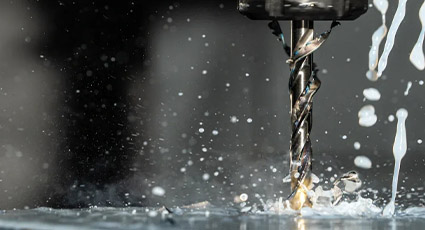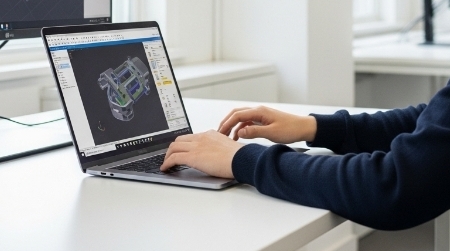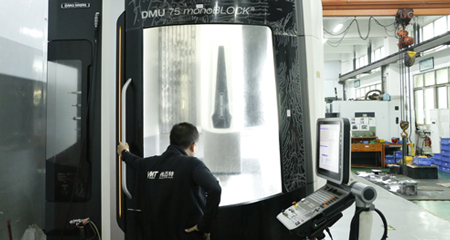
CNC Stepover and How It Affects Surface Finish
CNC Stepover refers to the sideways distance your cutting tool moves between each pass. This small adjustment shapes the surface of your part. A smaller stepover creates a smoother finish, while a larger one leaves more visible marks. You need to choose the right stepover to get the best balance between surface quality and machining time.

Types of Fasteners: A Beginner’s Guide
Fasteners are critical in CNC machining for strength, accuracy, and clean assembly. At VMT, we ensure fasteners' perfect fit and function with precision-drilled holes, accurate threading, and surface treatments that improve durability and appearance.

Hard Anodizing Explained: Benefits for CNC Machined Parts
Hard anodizing enhances CNC machined parts by providing superior wear resistance, corrosion protection, and electrical insulation. It strengthens aluminum parts while allowing aesthetic color aluminum anodizing, making it ideal for high-performance industries.

CREO vs. SolidWorks: Which CAD Software Is Better for CNC Machining?
At VMT, we focus on delivering high-quality CNC machined parts with care and precision. We use advanced CAD tools like CREO and SolidWorks to support industries such as automotive, aerospace, medical, and industrial equipment.

Laser Etching vs Engraving: A Difference Guide
In manufacturing and customization industries, laser technology plays a vital role in creating precise, permanent markings. Among the most popular methods are laser etching and laser engraving, which are both widely used in CNC machining, metal part marking, and custom product detailing.

How to Calculate 5-Axis CNC Machining Prices?
Five-axis machining is an advanced CNC machining technology that can simultaneously control the five axes of a machine tool to produce complex parts. The price of five-axis CNC machining services depends on the equipment, part complexity, material, and precision. The average price ranges from $75 to $250 per hour.


